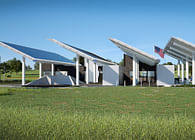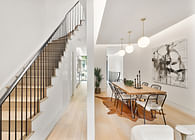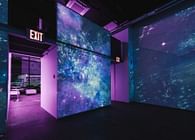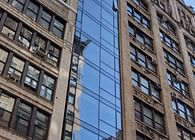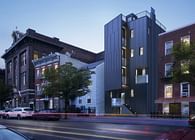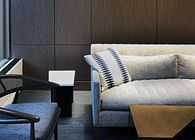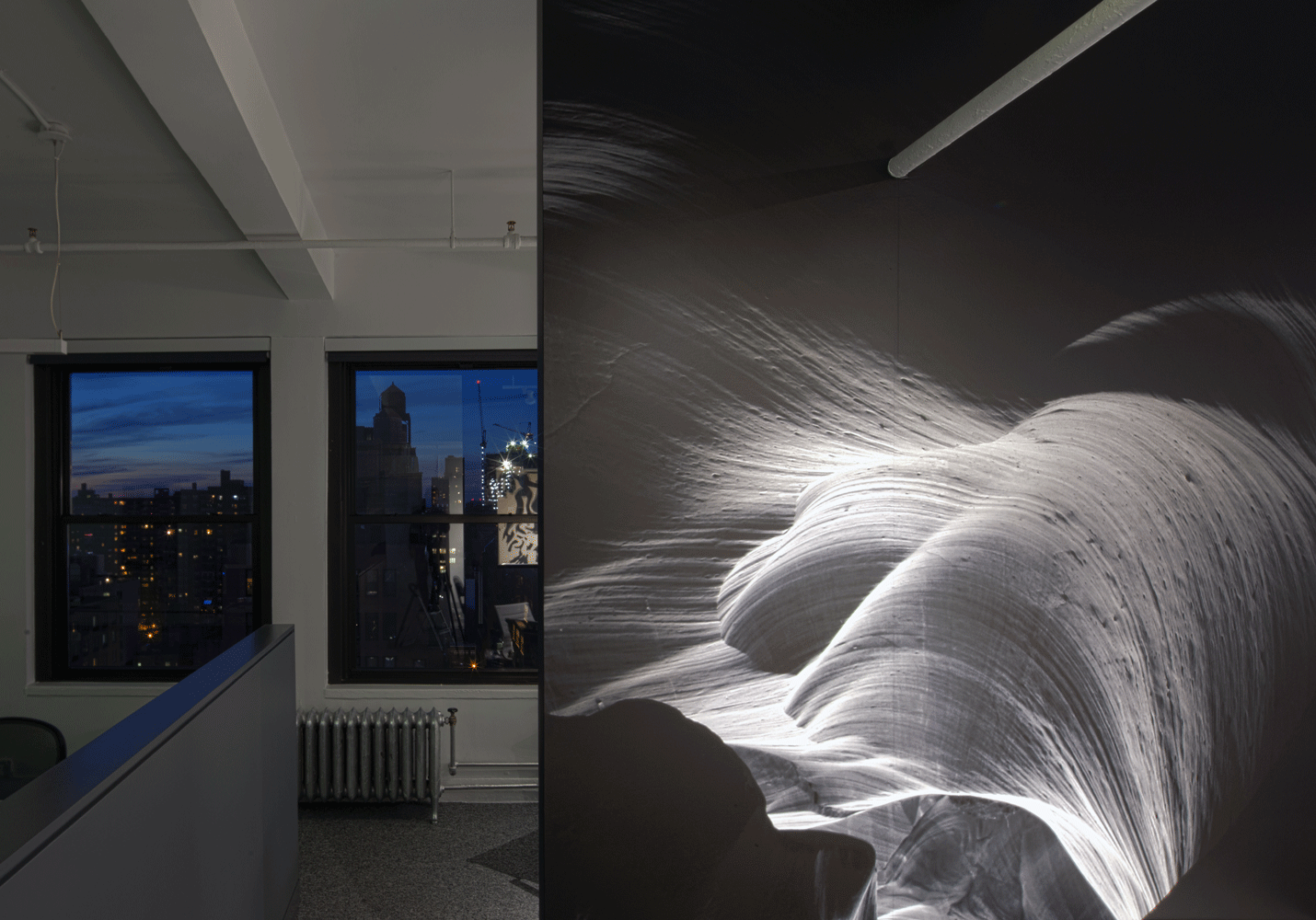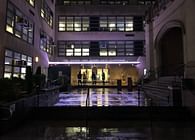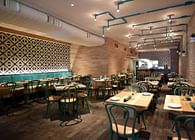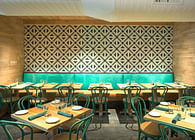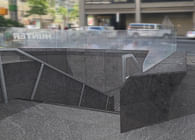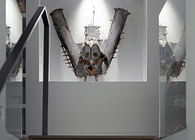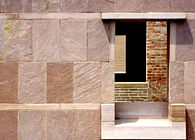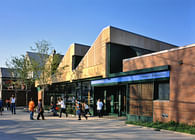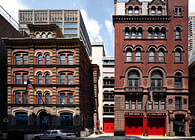
New York, NY
The 2-story, 13,800 sf facility was the first building designed and constructed under the New York City High-Performance Building Guidelines. The building is an integrated design in which its shell and each of its systems operate together to achieve enhanced conditions for the users while minimizing the demands made on the natural environment for energy and other resources, both for building construction and operation. The interior qualities – light, temperature, air quality, spatial richness, and variety – result from the dynamic interactions between the building and the natural environment. The exterior form is a direct translation of the building’s program and larger environmental considerations. The library reduces the embodied energy and embodied pollution by using low energy and recycled materials and provides enhanced indoor environmental quality through chemically and physically stable materials and unique filtration systems.
The saw-tooth roof introduces sunlight into the main reading room and promotes hot air stratification, concentrating at the peaks. The building has two return/exhaust air systems; one collecting air at the peaks and one collecting air near the floor. In winter, hot air from the peaks is recirculated throughout the building, its heat being stored in the slabs and masonry walls. Exhaust air is taken from the cooler air near the floor. The hot air from the peaks is exhausted in the summer, and the cooler air is recirculated. The building established goals to consume significantly less energy than the NYS Energy Code permits: 48% less for lighting, 62% less for heating, and 34% less for cooling. After two years of operation, actual meter readings demonstrate that the building has out-performed these goals: by 30% for heating and 50% for electrical (lighting & cooling). The library received the COTE Top Ten Award from the American Institute of Architects in 2000.
Status: Built
Location: New York, NY, US
